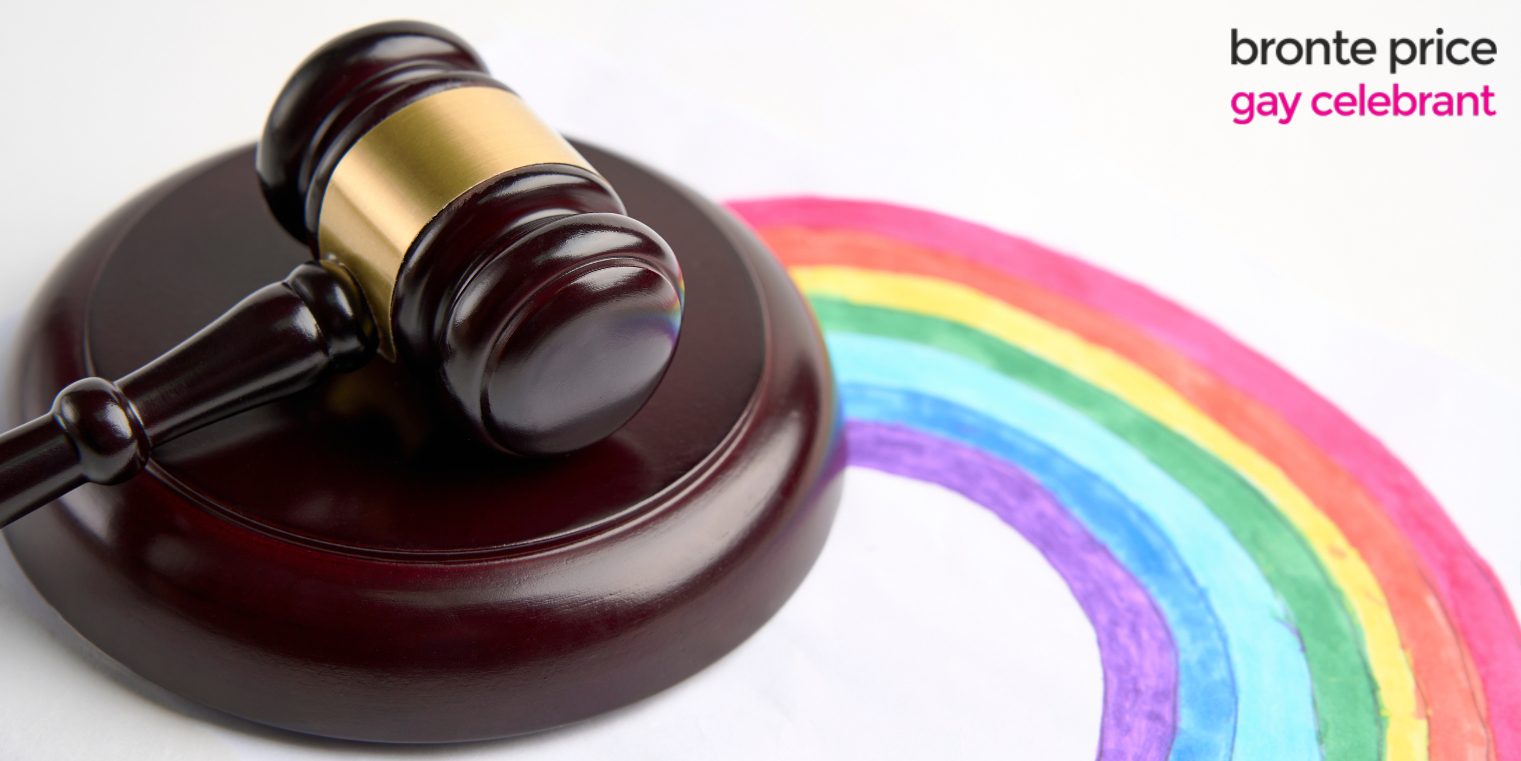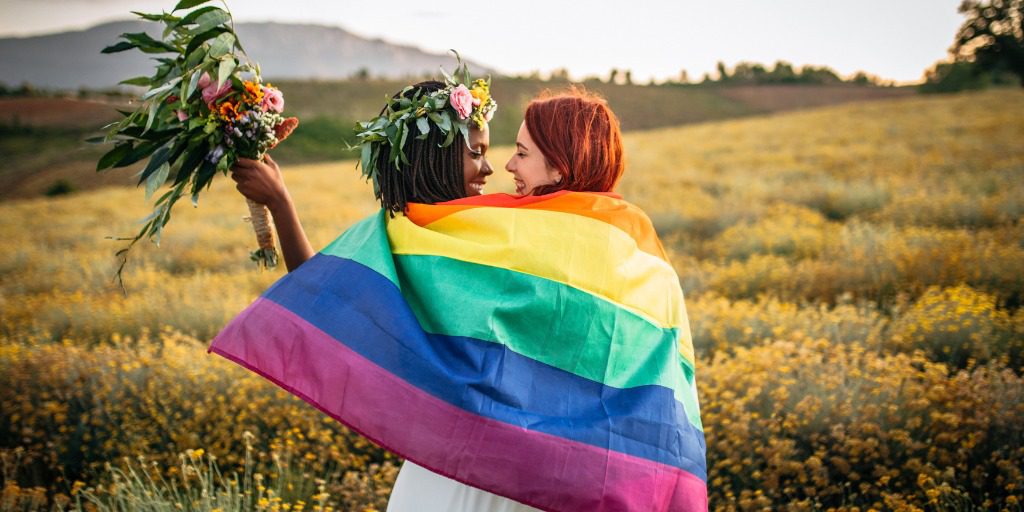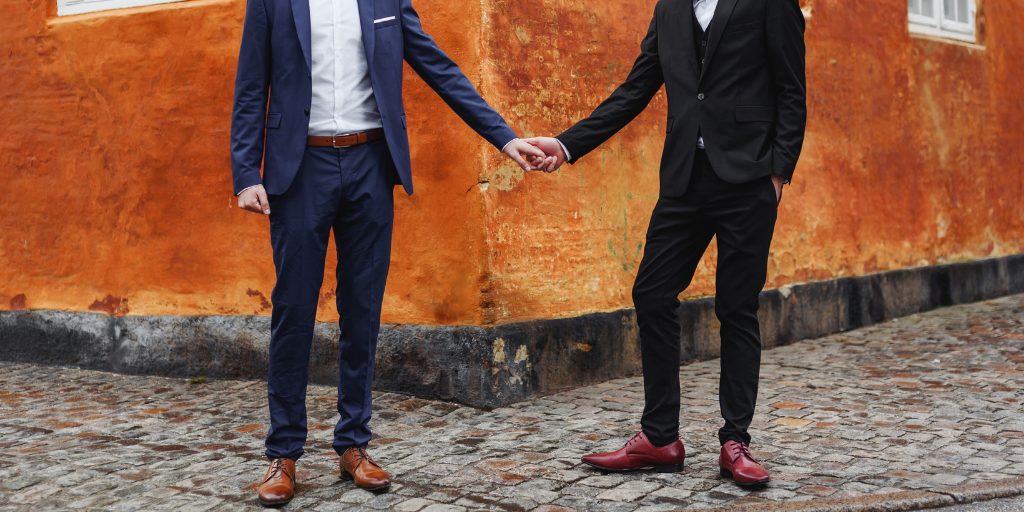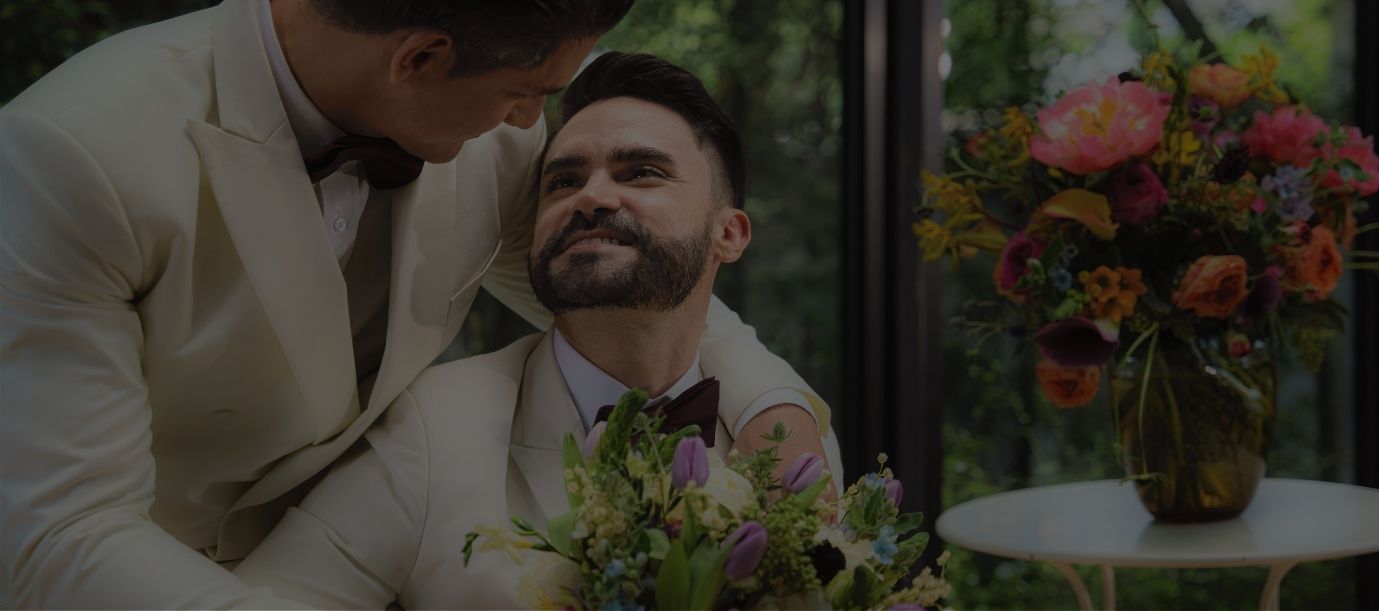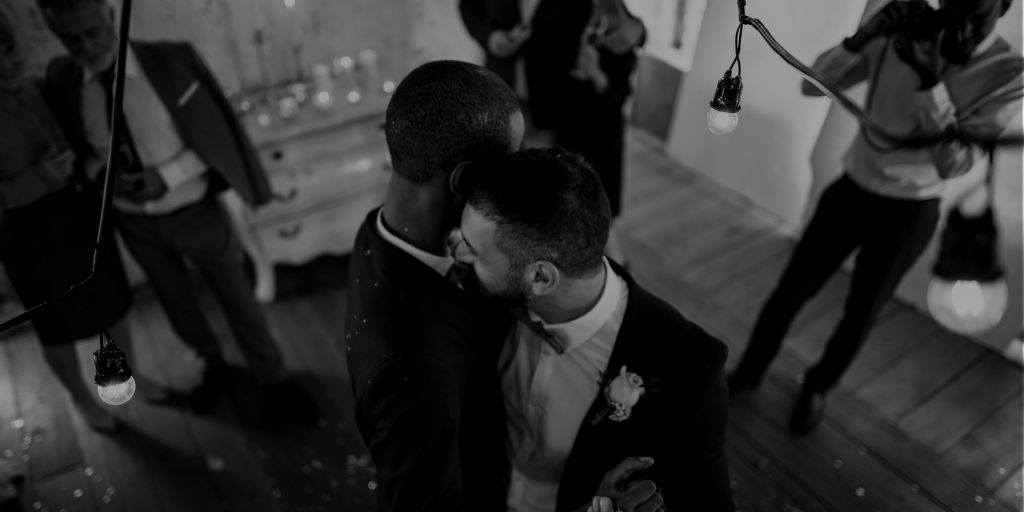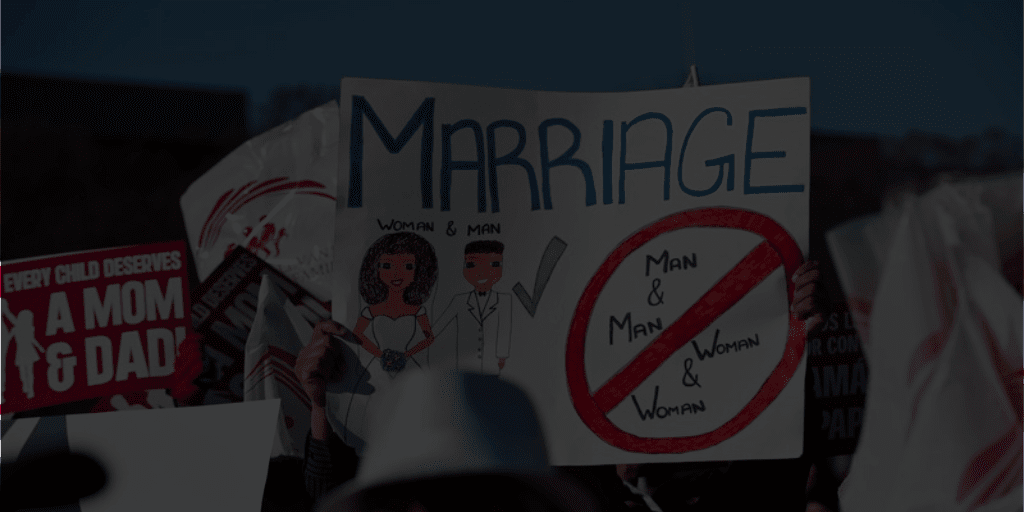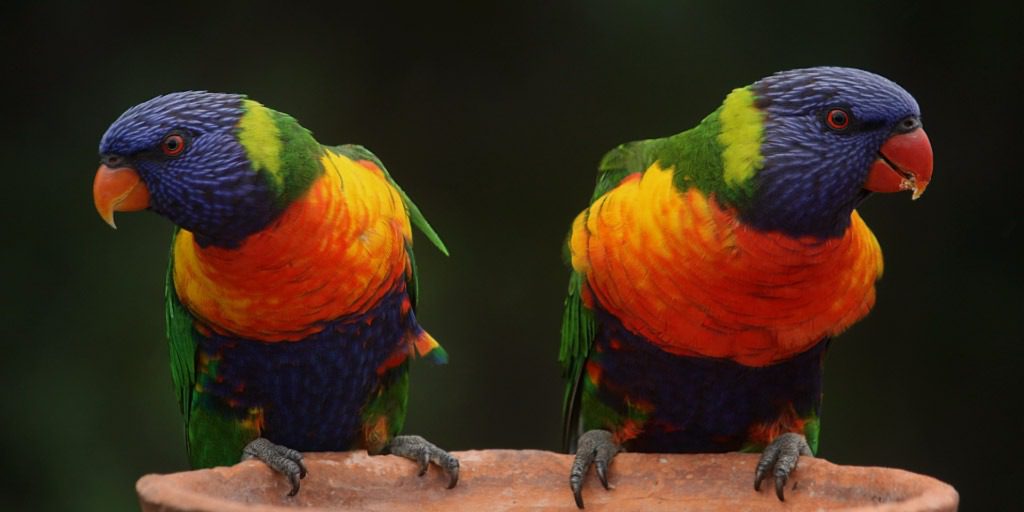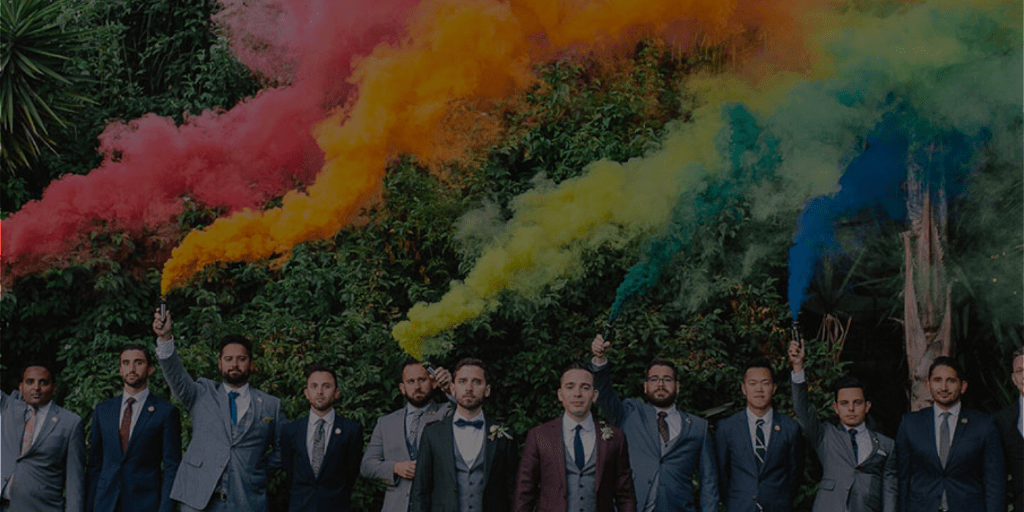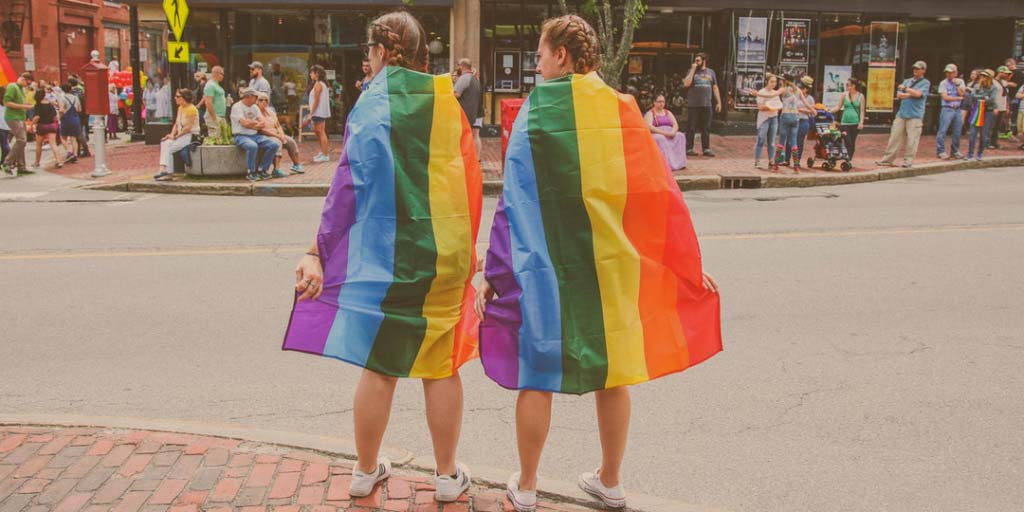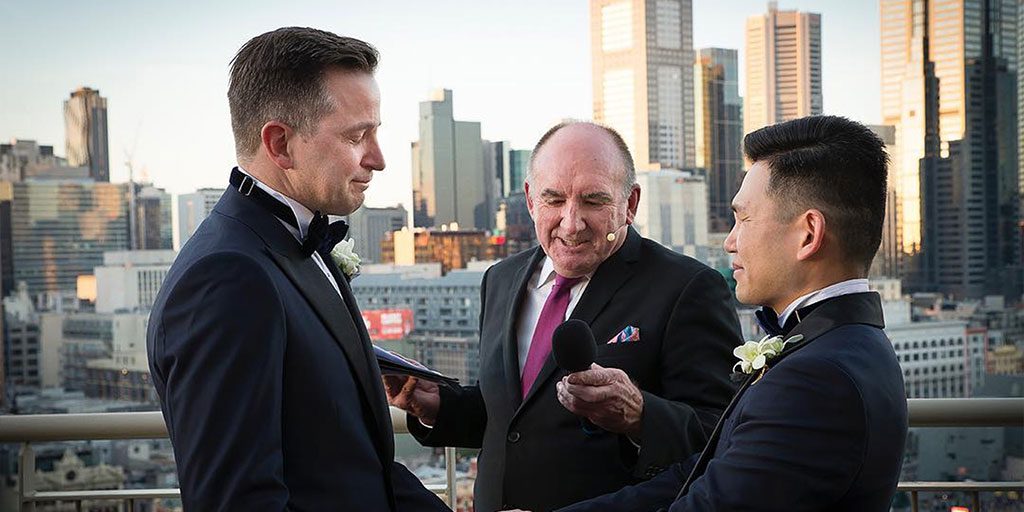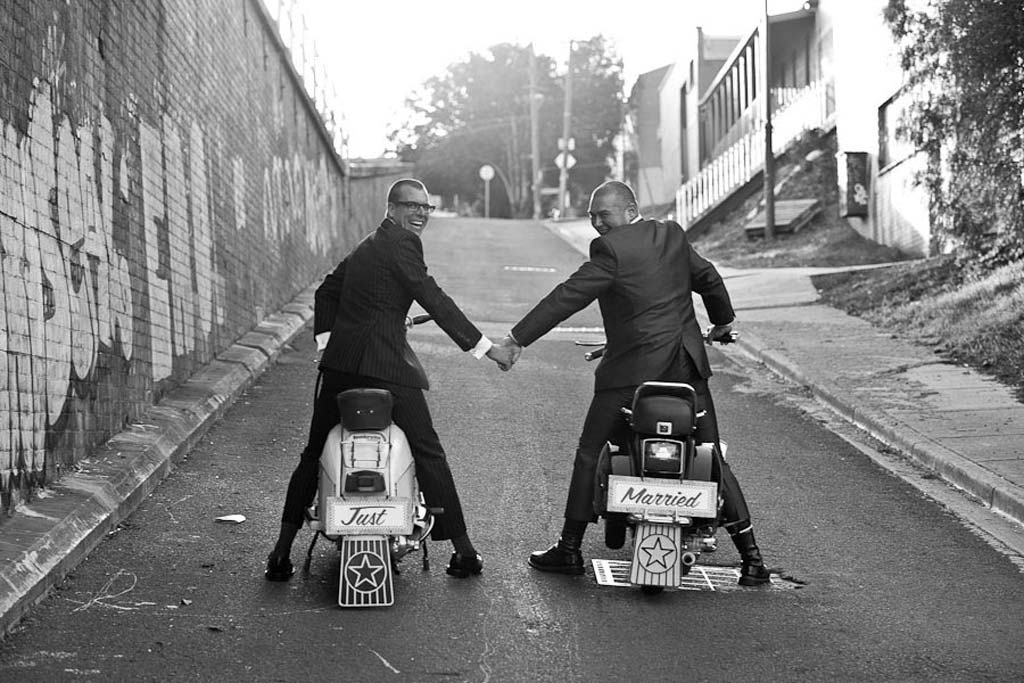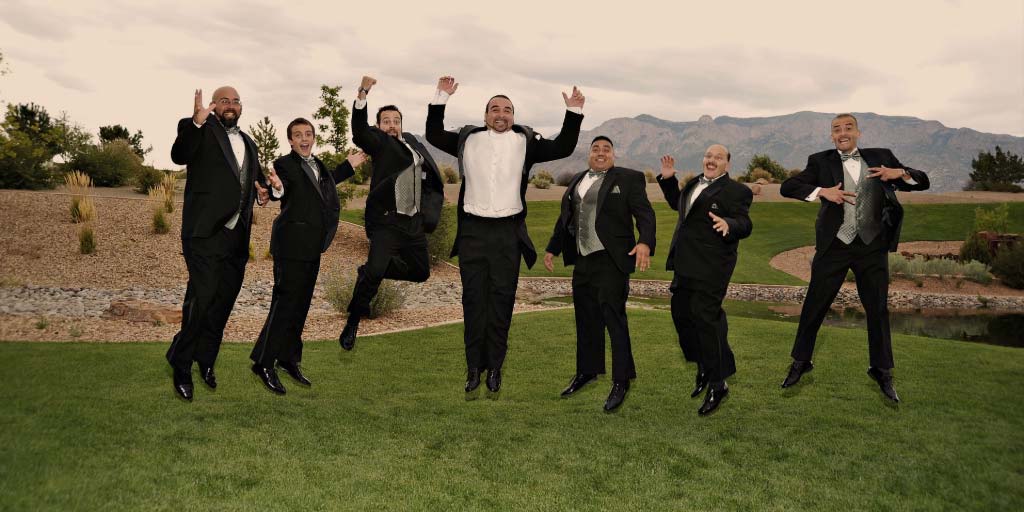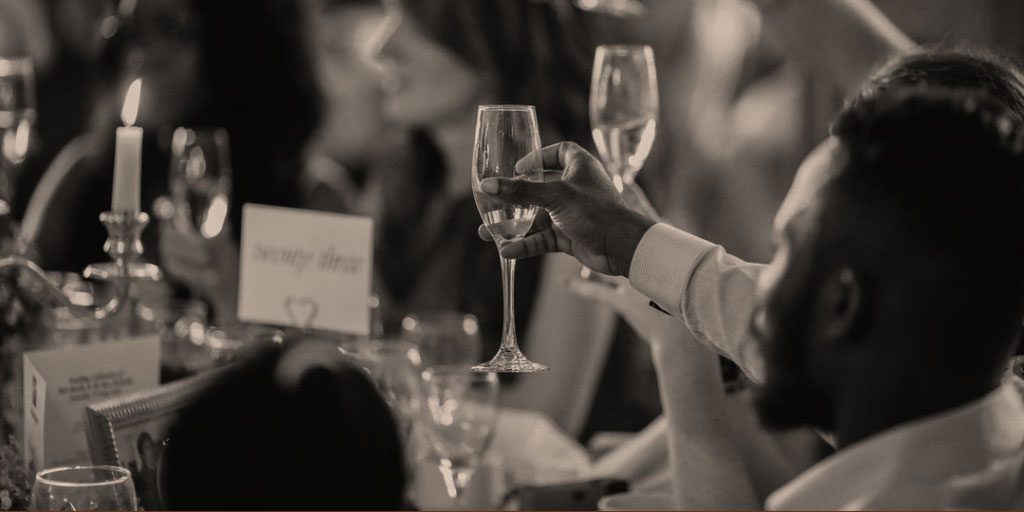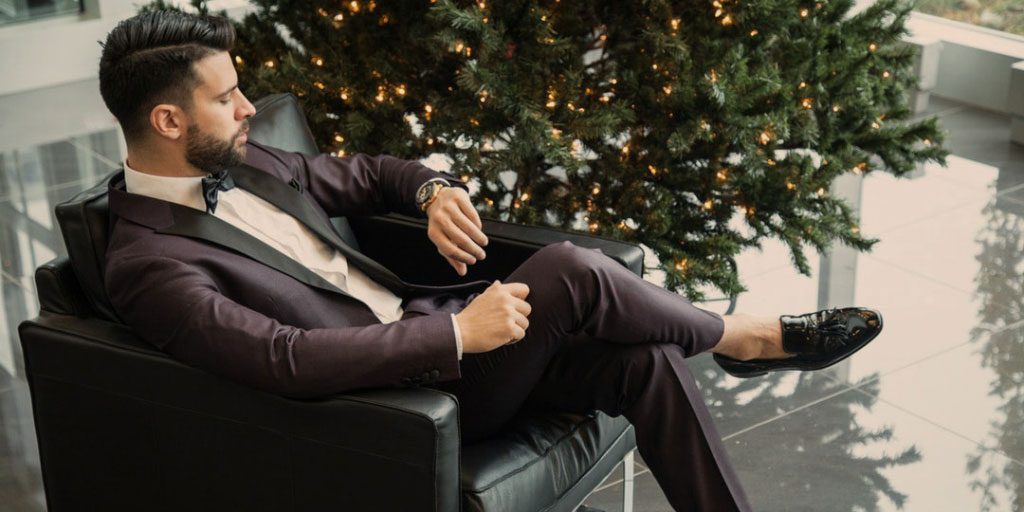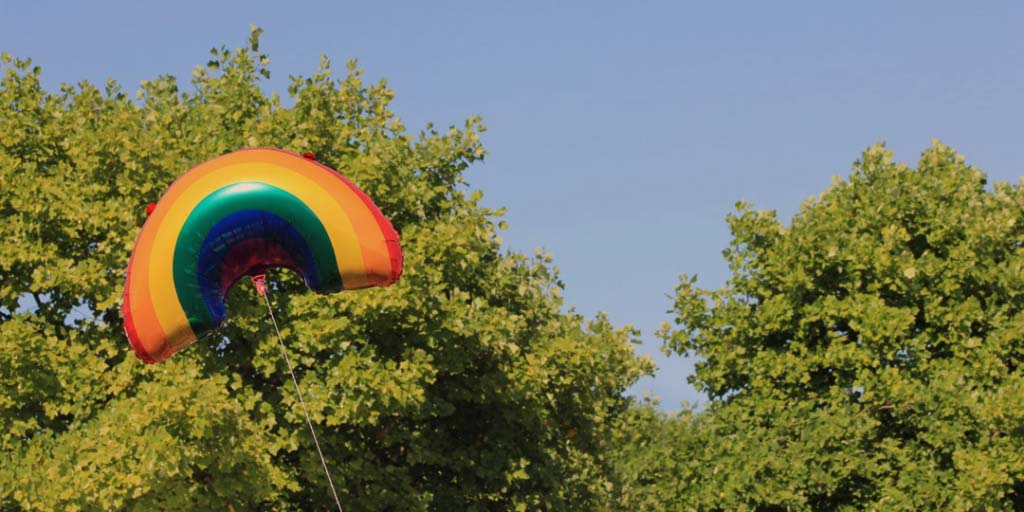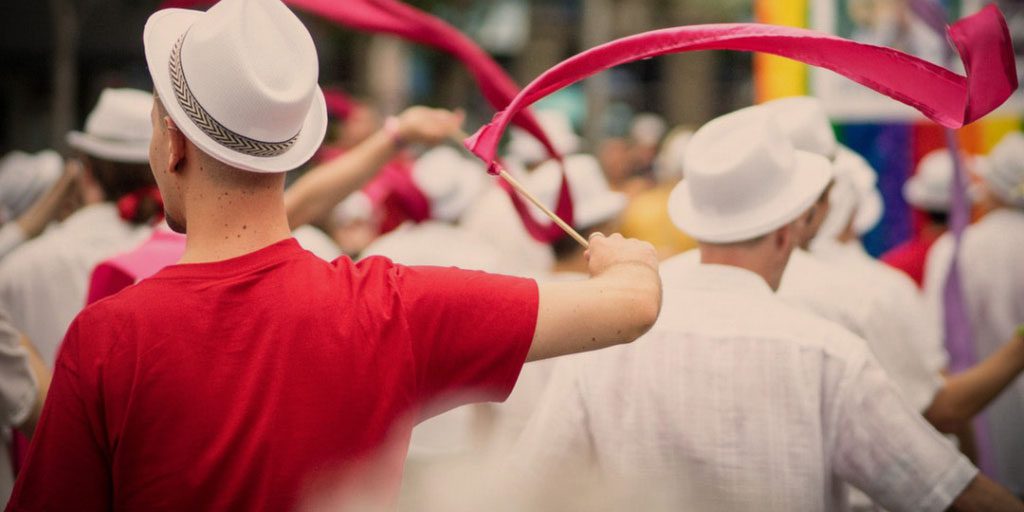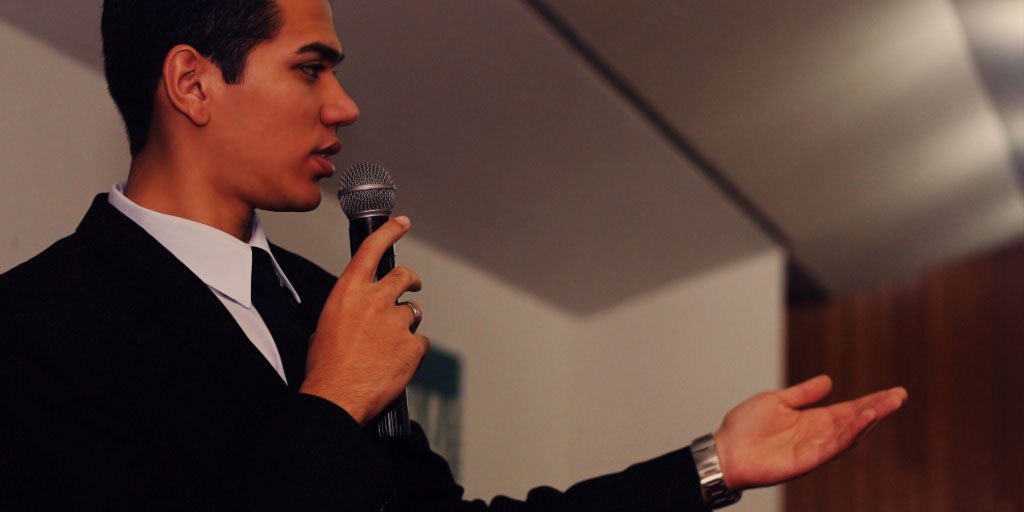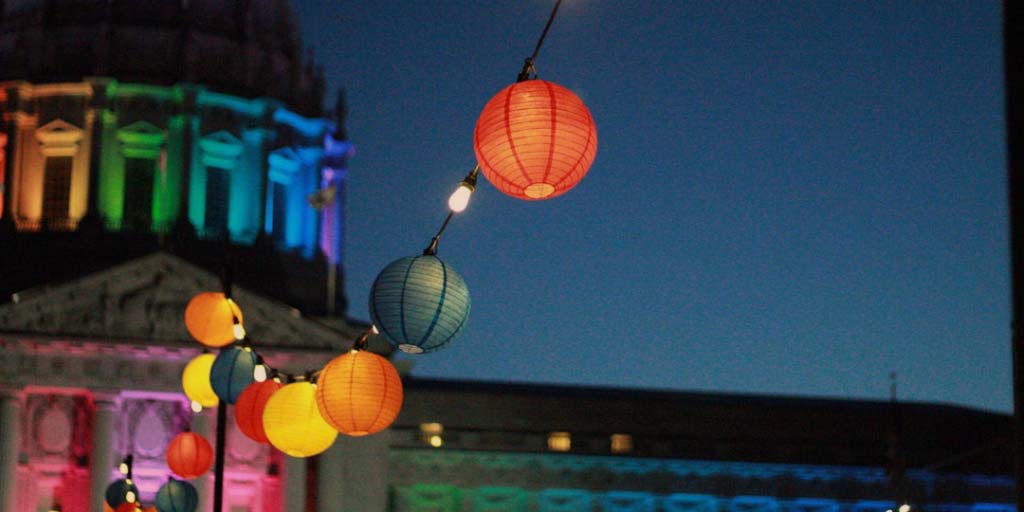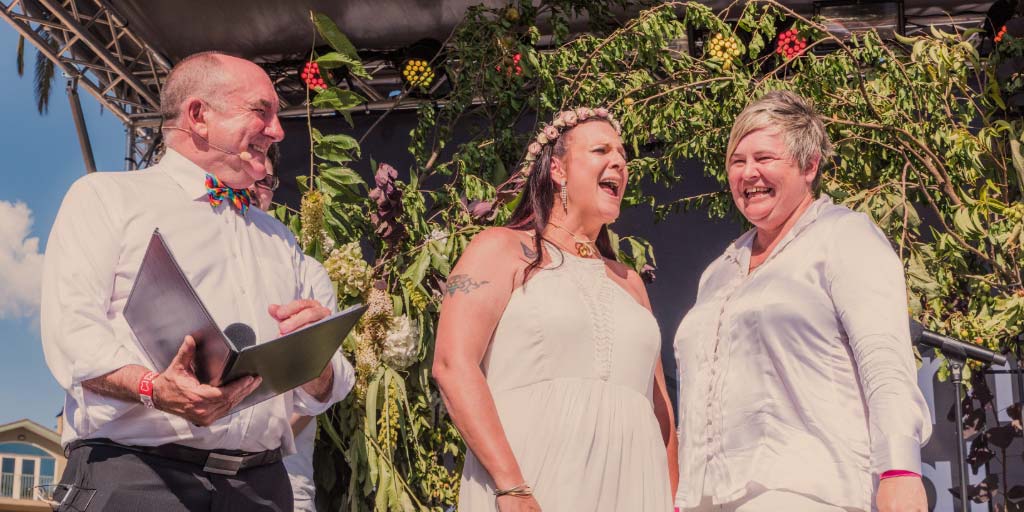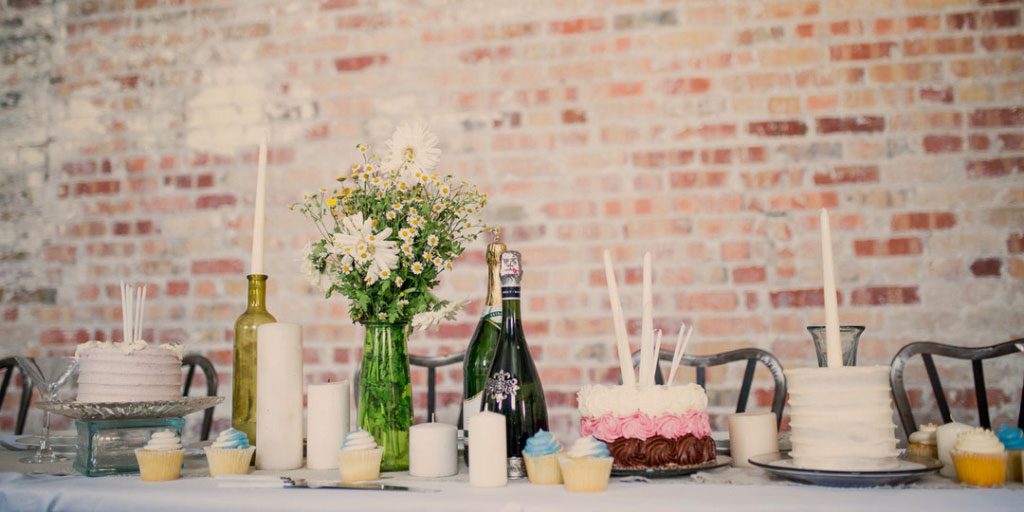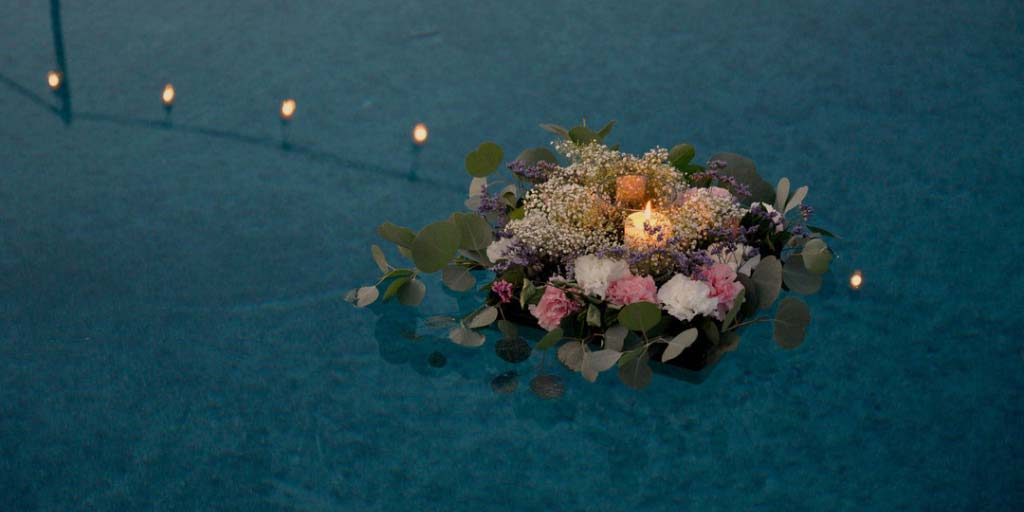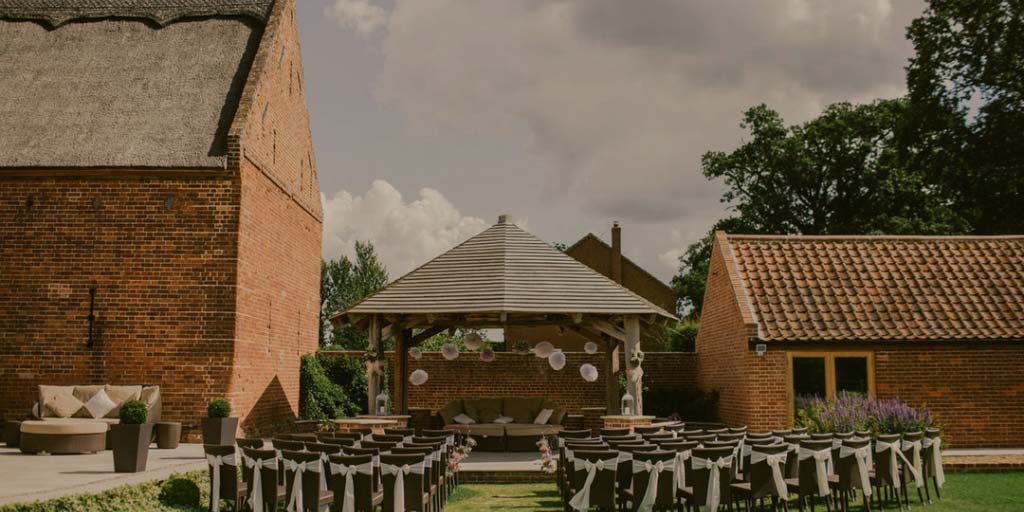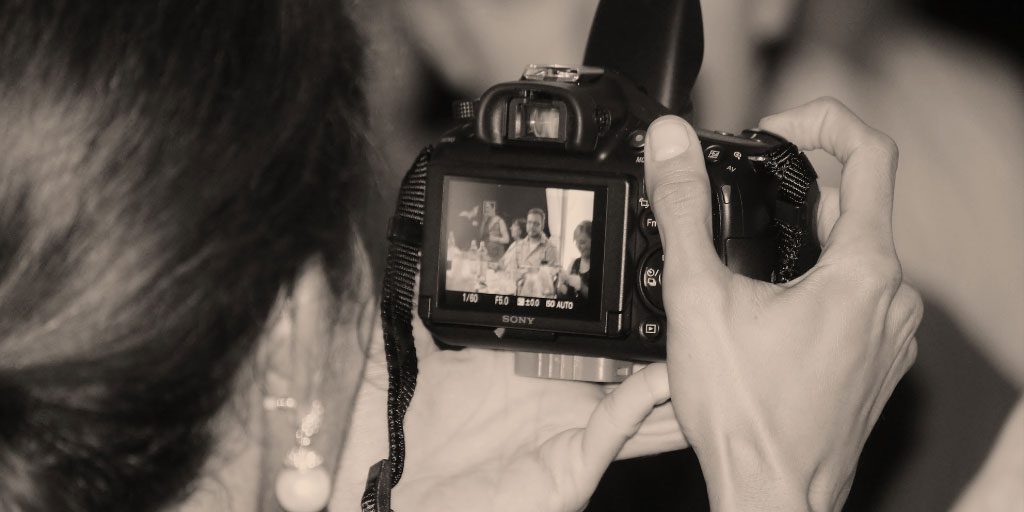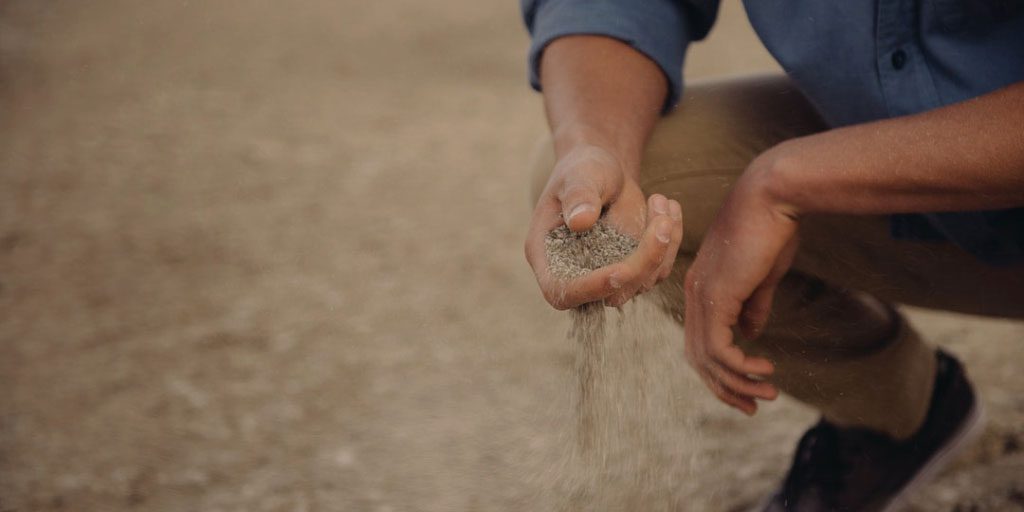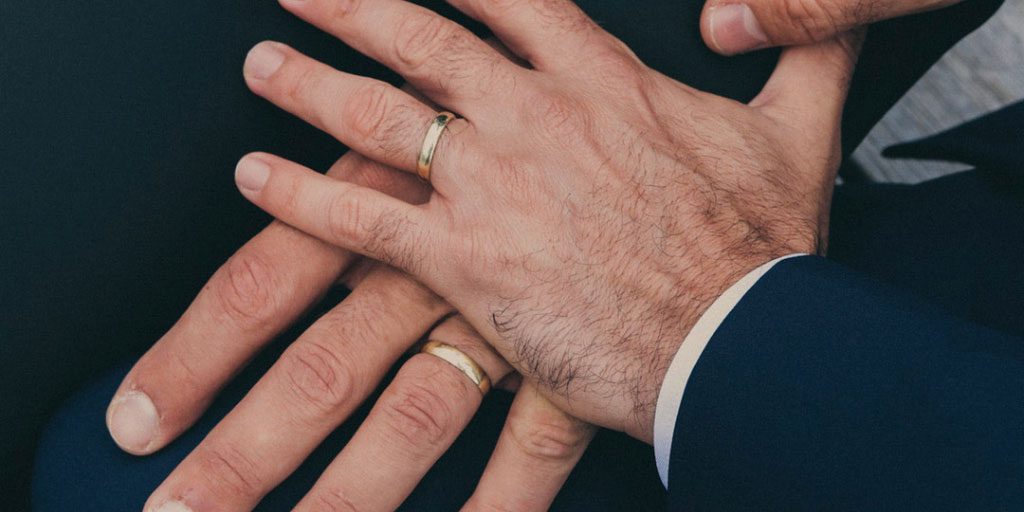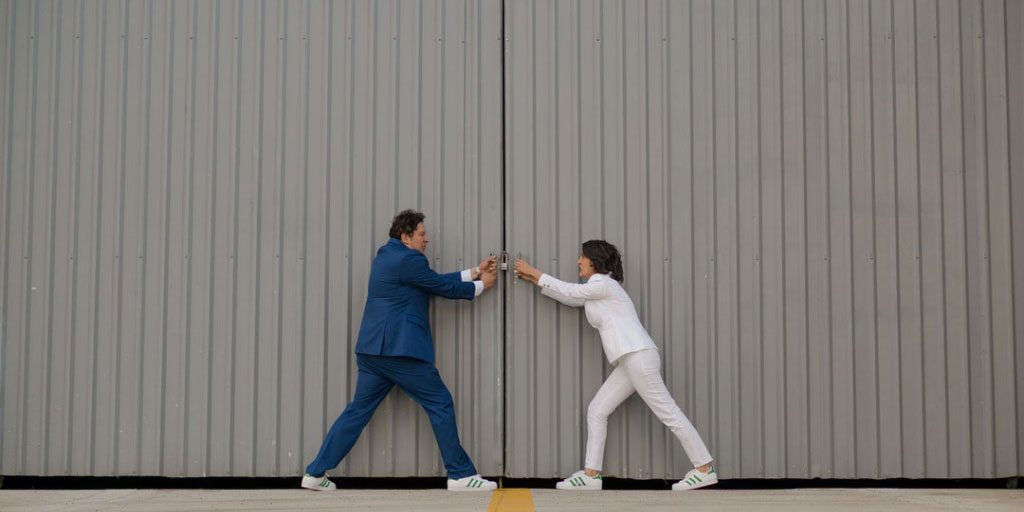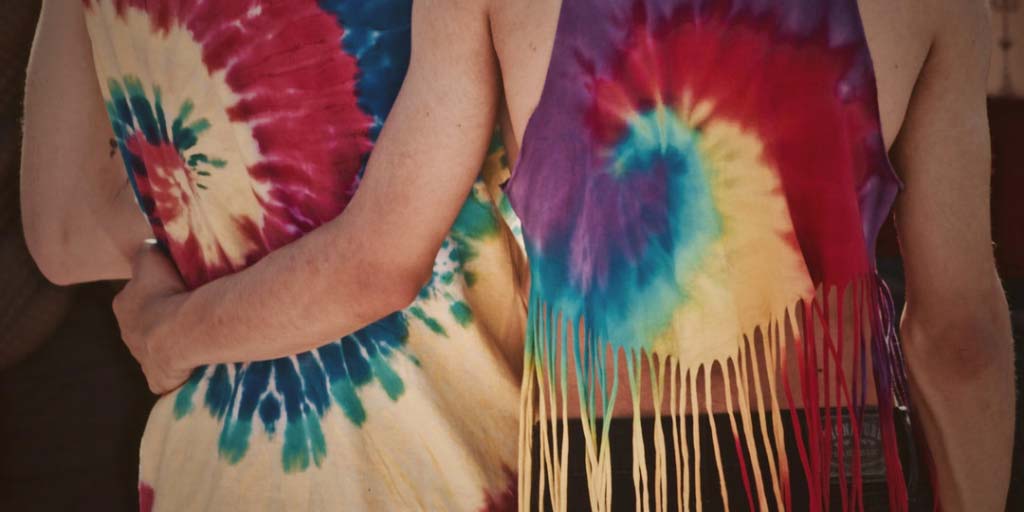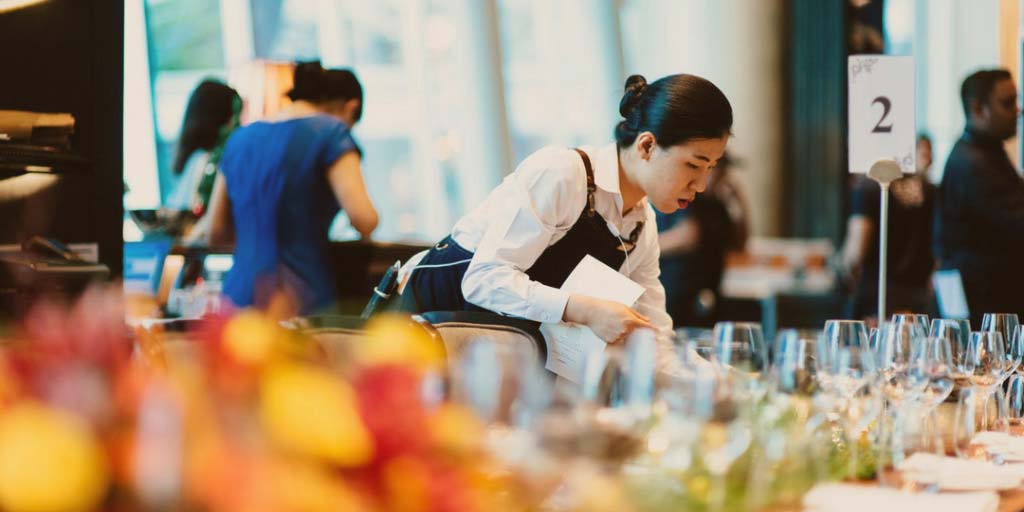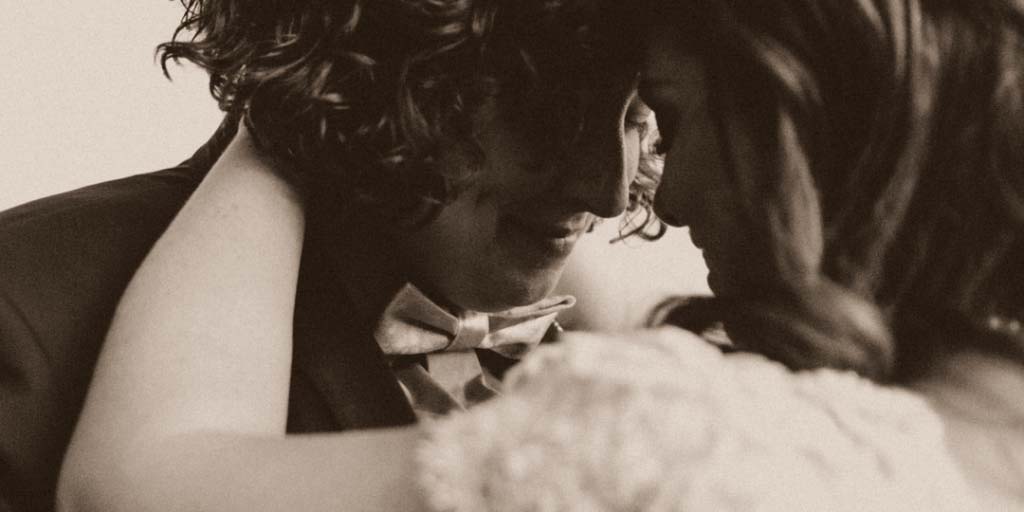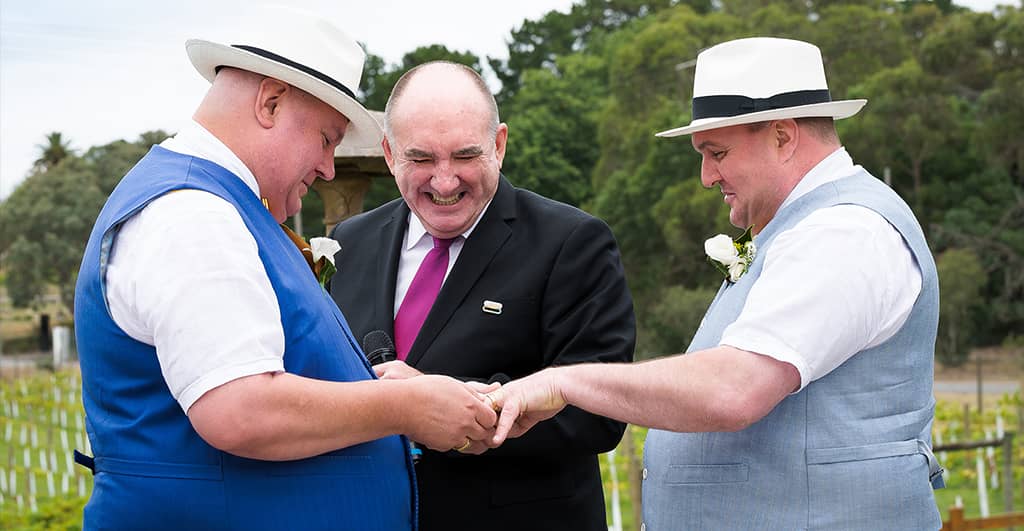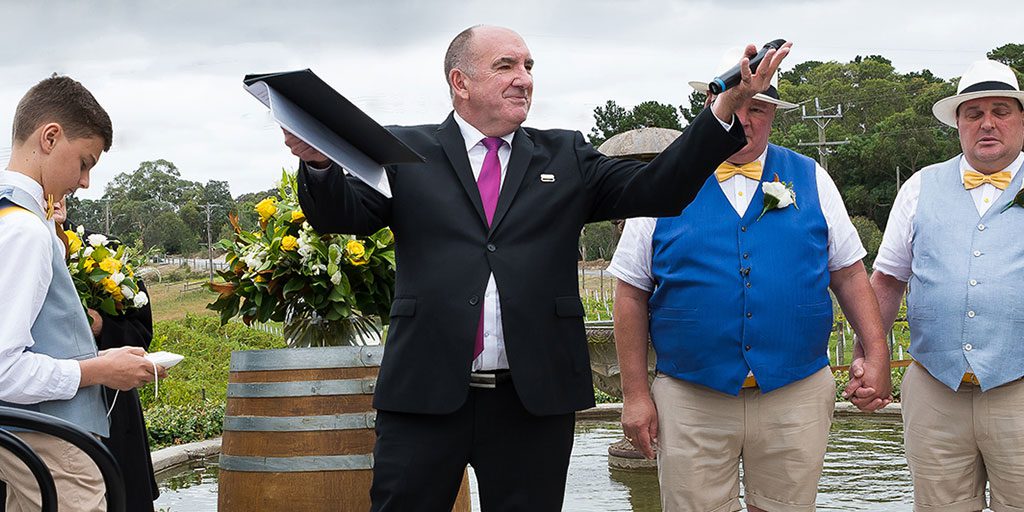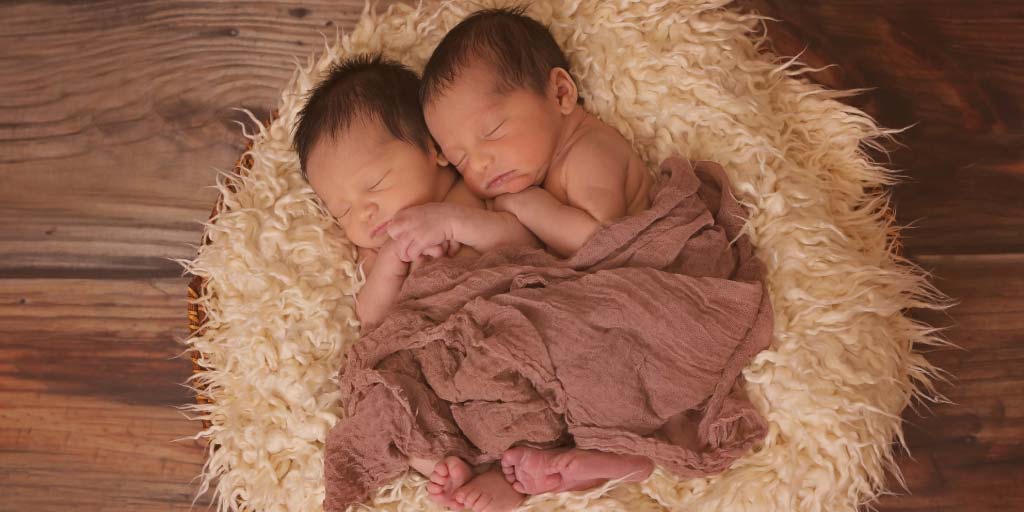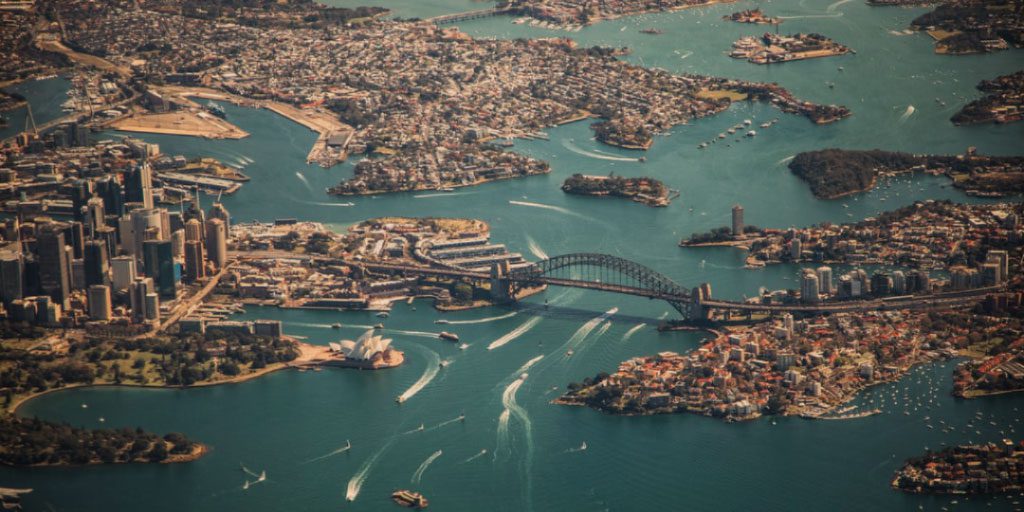
Quick Facts About Same-sex Prospective Marriage Visa in Australia
The change in Australian marriage law allowing LGBT couples to get married opened up immigration opportunities that didn’t previously exist. Primarily, the Prospective Marriage Visa (otherwise known as the fiance visa or engagement visa Australia) is now open to anyone, when previously it was only open to heterosexual couples as it requires a legal commitment to getting married. LGBT couples had to try and meet the often challenging de facto requirements and apply for a Partner Visa instead. Thankfully that’s no longer the case.
Find out more on Steps to take to get married legally in Australia planned out beforehand
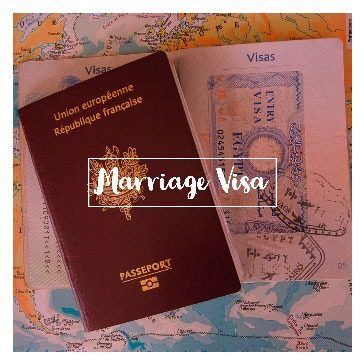
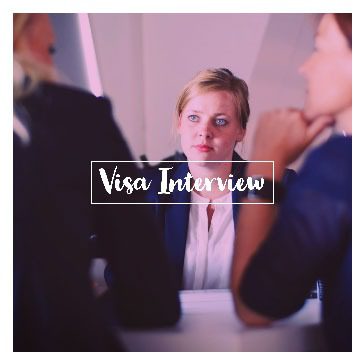

So what are the advantages of a Prospective Marriage Visa (Subclass 300) and is it the best option for everyone?
Today we tackle the 11 most commonly asked questions.
Partner or Prospective Marriage Visa?
A Partner Visa requires the applicant to either be married or in a de facto relationship with an Australian citizen, Australian permanent resident or an ‘eligible’ New Zealand citizen. The couple must show evidence of:
- the financial aspects of their relationship
- the nature of their household
- the social aspects of their relationship
- the nature of their commitment.
Interested to contribute to my blog?
Not everyone can meet these requirements especially when early in their relationship so the Prospective Marriage Visa provides couples with the opportunity to live together in Australia for 15 months, during which time they can get married and apply for a Partner Visa. Here are the requirements:
- the applicant must be sponsored by and Australian citizen, Australian permanent resident or an ‘eligible’ New Zealand citizen
- the applicant and sponsor must have met in person at least once
- the applicant and sponsor must show evidence of their commitment to getting married within 15 months of when the visa is granted
- the applicant must be outside of Australia at the time of application and the time of grant
- the applicant must meet certain health requirements
- the applicant and sponsor must meet certain character requirements
- the applicant and sponsor must show their intention to live as a married couple once in Australia
The Prospective Marriage Visa is also handy in situations where the couple wouldn’t otherwise be able to live together eg: an applicant who has tried to apply for a Visitor Visa for Australia but has been refused. This is common occurrence for many foreign nationals especially when they are from a country that the Australian government deems to be high risk (generally countries that aren’t ETA eligible).
What is the fiance visa cost in Australia?
The visa application fee is currently $8850, plus approximately $4000 in Migration Agent fees and approximately $500 in health and character documents.
How long does the application take to prepare?
We recommend allowing approximately 4 to 6 weeks, but it can take as little as a week in some cases.
How long does the application take to process once lodged?
Currently the Department of Home Affairs website shows the following processing times for a Prospective Marriage Visa in Australia:
25% of applications processed within 6 months
50% of applications processed within 11 months
75% of applications processed within 17 months
90% of applications processing within 35 months
There are many factors that affect processing times including country of origin, health issues or character issues. In reality we find that most well prepared applications without complications are processed within approximately 12 months.
This is of a particular concern for LGBT couples in countries where being gay isn’t commonly accepted. This doesn’t necessarily mean the application will be refused, it just means that the application must be well prepared with a lot of evidence of the relationship.
– Nick Hansen
How much does country of origin play a part?
Applicants from higher risk countries can sometimes take longer to have their application processed. Given that a Prospective Marriage Visa is usually processed by a Department of Home Affairs case officer in the country of origin (or neighbouring country), local biases can sometimes come into play.
This is of a particular concern for LGBT couples in countries where being gay isn’t commonly accepted. This doesn’t necessarily mean the application will be refused, it just means that the application must be well prepared with a lot of evidence of the relationship. It can also affect the processing time of the application.
What are the Sponsor requirements for Prospective Marriage Visa application?
The sponsorship requirements will be changing. At the time of writing (July 2023) these new requirements are currently not in effect but will come into effect sometime in the future. Currently a couple can lodge a visa application any time and the sponsorship application can be submitted shortly after. Once the changes come into effect, a sponsor will need to be approved before a Prospective Marriage Visa application can be lodged.
Will I be asked to attend a Prospective Marriage Visa interview?
This is totally up to the discretion of the case officer. Generally, applicants from more high-risk countries are asked to attend an interview. Again, having a well-prepared application will help reduce the chances of being interviewed.
What types of questions are normally asked in a Prospective Marriage Visa interview?
The interviewer will typically ask questions of the applicant and sponsor then compare the answers to see if they’re consistent. They will ask questions about the beginning of your relationship such as:
- where did you meet?
- when did your relationship begin?
- when did you fall in love?
Questions about your proposed marriage such as:
- when are you getting married?
- where are you getting married?
- how many people are going to attend the ceremony?
They may also ask questions about your partner:
- when was your partner born?
- what does your partner do for work?
- what size clothes does your partner wear?
What are the common reasons for refusal?
The three common reasons why a Prospective Marriage Visa may get refused are:
- Health Issues: The applicant is required to undergo a health assessment to determine their potential cost to the Australian public healthcare system. If the applicant has a condition that is deemed costly in care and treatment, then the application can be refused.
- Character Issues: If the applicant or the sponsor has a serious criminal record then the application can be refused.
- Lack of Evidence: It’s important for the couple to show that they intend to live together as a married couple and support this with evidence as well as clearly written statements. Lack of evidence is a common reason for refusal.
If an application is refused is there a right of appeal?
If the sponsor is living in Australia, they can appeal to the Administrative Appeals Tribunal. The case can take in excess of 2 years to be heard, meaning the applicant would continue to remain outside of Australia. A well prepared application reduces the chances of refusal.
What is a form 888 and why is it important?
When applying for a Partner Visa or a Prospective Marriage Visa a form 888 is required from at least two Australian citizens or Australian permanent residents that are prepared to write in support of the relationship. The witnesses must know either the applicant or the sponsor personally and be aware of the relationship.
The minimum requirement is two form 888s, however we suggest providing more if possible as it will add to the evidence of social aspects of the relationship. It’s good to have a range of witnesses including friends, family and work colleagues from both sides of the relationship.
About the author
Nick Hansen is the Principal Migration Agent at Hansen Migration and specialises in helping couples and families obtain permanent residency in Australia and Australian citizenship. He is particularly passionate about helping multi-national same sex couples achieve their ultimate goal of living happily ever after in Australia. Outside of business he is dedicated to his partner Kate and their two children, he is also a massive football fan!
Error: No feed found.
Please go to the Instagram Feed settings page to create a feed.

